Additional information
| Weight | 0.36 kg |
|---|---|
| Dimensions | 28 × 24 × 7 cm |
Toronto Hair Transplant Surgeons

| Weight | 0.36 kg |
|---|---|
| Dimensions | 28 × 24 × 7 cm |
Using the included calibrated dropper, draw up 1mL of solution into the dropper. Place the tip of the dropper onto your dry scalp and, with a gentle squeeze on the bulb, slowly release the solution in drops throughout the entirety of your scalp. Then, use your fingertips to massage the solution through your entire scalp, ensuring that the solution is contacting your scalp. Do not be concerned if you miss an area, as the blood vessels in the scalp will help diffuse the solution to all portions of your scalp. Wash your hands after application.
Minoxidil solution should stay on your scalp for at least 4 hours, therefore we recommend a nighttime application. Most of the solution is absorbed in the first hour after application. If you need to swim or shower after applying minoxidil, wait up to 2 hours before doing so.
If you use a blow dryer to dry your hair, do so before applying minoxidil, as the heat from the blow dryer may cause the solution to evaporate before being absorbed.
You must be logged in to post a review.
Reviews
There are no reviews yet.